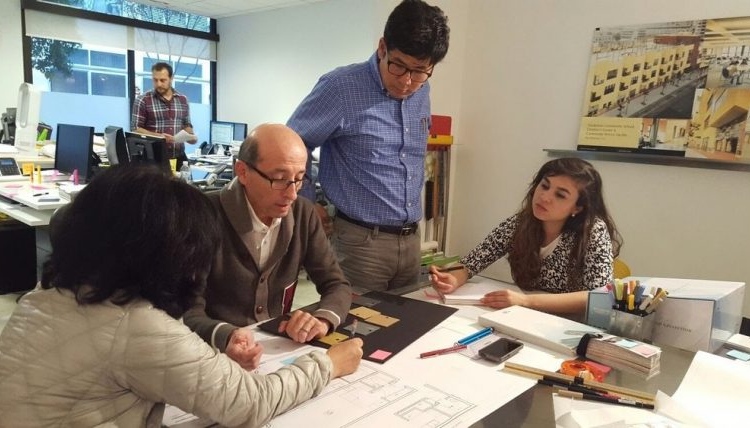Community engagement is vital to the success of on-going development projects within large (and small) communities. Having the right processes and protocols in place to discuss architectural plans, and the impact of construction and engineering projects on communities is important to foster good relationships with wider communities. Without a consultation process there can be a risk of no joined-up thinking and planning in terms of long-term community development. It is essential that community members, developers, architects and engineers, and local council members all have a say in projects to maintain integrity and consistency within communities, and a nod to specific traditions and customs within each area.
Good community engagement and long-term town planning can only work if a few factors are taken into consideration and actively worked on by all parties. The first of those issues is the way that public forums and consultations take place. For many architects, designers and planners it is expected that the public will arrive at a destination and time that is not chosen by them, that the public will understand industry terms (that can often be presented as highfalutin) and that all of the effort of the engagement should come from the public in order to make significant difference to the procedure.
For many groups within a community, more has to be done to go to them, visit locations that are more accessible for all people, and speak to groups in terms that they can readily and easily understand. Consultation can be fun and informative, the two aren’t mutually exclusive; clearly painting a picture of a desired plan but encouraging feedback from real residents about real problems they consider to be present in the planning stage.
The second point that should be focused on is that there are real-life aspirations from residents about architectural planning and urban design. Planners and designers should be aware of the aspirations and desires of the community in which they are planning to construct new buildings or refurbish old areas. Community engagement can be used over a longer period of time to shape these aspirations into something tangible that designers and planners can utilise, building trust between all parties and getting the public on side from the very beginning of a project, rather than waiting for objections to a plan that includes designs that in no way, shape or form, identify with the local community or the traditions held within that community.
Lastly, community engagement should never just be about paying lip service to the idea of engaging with members of the public. It shouldn’t be used just to post the bare minimum required legally of a project. Instead, projects should go above and beyond, aiming to build bridges with communities, include the dialogue from early stages of the planning process and have everyone singing from the same hymn sheet from the very beginning.
Community engagement should be utilised within the architectural, planning and design landscape as a way of creating a community of all people and designing projects that reflect that in design and structure
Alan Davies




